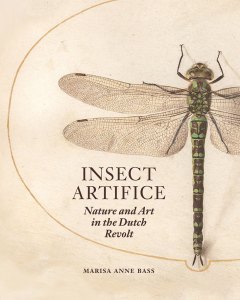 The attention paid to insects in the early modern period was in inverse relation to their size. These tiny teeming things evaded comprehension. They were thought to be imperfect animals, lacking internal organs and born by spontaneous generation, produced by the putrefaction of matter like meat, mud, or cheese. Yet in the tiny frame of these ‘narrow engines’, as Sir Thomas Browne called them, was a bewitching intricacy of form. The 15th-century mathematician and astronomer Regiomontanus was supposed to have fashioned an iron fly that flew from his hands at a feast, an automaton designed to arouse wonder both at the marvellous skill of the craftsman and at the everyday miracle of the animation of these minor creatures. The imitation of insect life was a signal of artistic invention: Vasari’s life of Giotto retells an anecdote in which the artist, studying as a child with Cimabue, painted on the nose of one of Cimabue’s figures a fly so realistic that the older artist attempted to brush it off. The deployment of microscopes only enhanced wonder at the symmetry and elegance displayed at a tiny scale. The famously magnified flea and ant of Robert Hooke’s Micrographia (1665) offered both an opportunity to enhance knowledge and understanding of these equivocal creatures and a prompt to meditate on the difference between human and divine creation. Jan Swammerdam’s study of the mayfly was called Ephemeri vita (1675) – on the mayfly’s one-day life – but subtitled ‘or the illustration of the life of man’. It extended to 455 pages, of which the first 400 reflected on the ephemerality of human existence.
The attention paid to insects in the early modern period was in inverse relation to their size. These tiny teeming things evaded comprehension. They were thought to be imperfect animals, lacking internal organs and born by spontaneous generation, produced by the putrefaction of matter like meat, mud, or cheese. Yet in the tiny frame of these ‘narrow engines’, as Sir Thomas Browne called them, was a bewitching intricacy of form. The 15th-century mathematician and astronomer Regiomontanus was supposed to have fashioned an iron fly that flew from his hands at a feast, an automaton designed to arouse wonder both at the marvellous skill of the craftsman and at the everyday miracle of the animation of these minor creatures. The imitation of insect life was a signal of artistic invention: Vasari’s life of Giotto retells an anecdote in which the artist, studying as a child with Cimabue, painted on the nose of one of Cimabue’s figures a fly so realistic that the older artist attempted to brush it off. The deployment of microscopes only enhanced wonder at the symmetry and elegance displayed at a tiny scale. The famously magnified flea and ant of Robert Hooke’s Micrographia (1665) offered both an opportunity to enhance knowledge and understanding of these equivocal creatures and a prompt to meditate on the difference between human and divine creation. Jan Swammerdam’s study of the mayfly was called Ephemeri vita (1675) – on the mayfly’s one-day life – but subtitled ‘or the illustration of the life of man’. It extended to 455 pages, of which the first 400 reflected on the ephemerality of human existence.
Marisa Anne Bass’s Insect Artifice: Nature and Art in the Dutch Revolt brilliantly brings these various facets of the depiction of insects together, in a study of the polymath and artist Joris Hoefnagel (1542–1600). The climax of this sumptuously illustrated book is a study of his Four Elements, a manuscript compendium of watercolours of natural curiosities, in four books named for the elements, now in the National Gallery of Art in Washington, D.C. Though the first folio of Terra or ‘Earth’ shows an elephant, the final book, Ignis or ‘Fire’, is a study of insects. The making of the Four Elements echoes the apparent squandering of divine ingenuity on these tiniest of creatures: Hoefnagel, over the course of decades, devoted enormous invention and effort to the collection, which appears not to have been commissioned, but deployed as an exercise of skill. The book was eventually purchased, like so many other curious works of the period, by Hoefnagel’s final patron, Rudolf II.
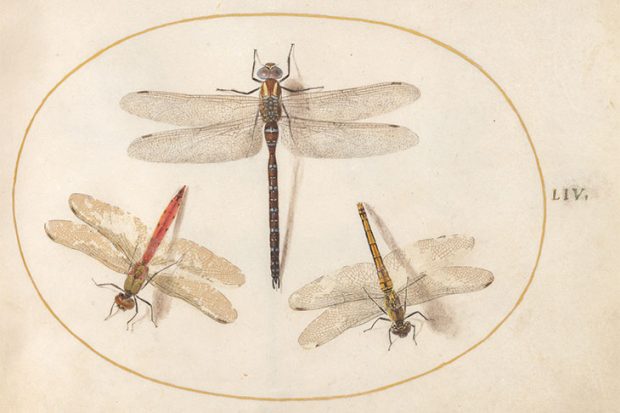
Plate LIV from Four Elements, Ignis (c. 1575/80), Joris Hoefnagel. National Gallery of Art, Washington, D.C.
Bass is particularly astute on the ways in which Hoefnagel’s miniaturism and focus on book arts are a consequence of the turbulent times in which he lived, as an exile from the Dutch Revolt and confessional wars in his native Low Countries. Part I attends to his earlier works and career: his engagement with the culture of riddling mottoes; his manuscript emblem book Patientia; his contributions to cartographic works and friendship books. Bass describes Hoefnagel’s specialisation in manuscript not just as functional – books are more portable than paintings – but as consolatory, a way of maintaining friendships across distance, and creating private spaces away from the strife of the public world. In her reading, Hoefnagel’s ‘generative material practice’ is a way to ‘recuperate from loss’.
The second part turns to the Four Elements as the culmination of the riddling wit, detailed observation, and emblematic imagination exposed in the first. The pages of the Four Elements follow a set format: the recto bears a numbered oval frame, in which a natural curiosity is illustrated, headed and sometimes footed by mottoes and commonplaces, especially from the Bible and Erasmus’s Adagia. The verso contains further mottoes or passages of ancient poetry. Despite the regular form, the representational mode varies. For Terra and Aier, the frames are windows on to a scene: owls, frogs, and chameleons are shown against naturalistic backgrounds, or distant cities and landscapes. The fish of Aqua swim in water which makes of the oval an aquarium. For the insects of Ignis, however, the page is a surface on which they rest in trompe l’oeil. One of the extraordinary features is Hoefnagel’s treatments of the illusionistic shadows cast by his poised insects. (Bass brilliantly explains the ways in which Folio V, depicting a stag beetle, emulates and competes with Albrecht Dürer’s rendering of the same creature) In other images, the frame becomes itself a part of the space inhabited by these animate things: moths perch on it, and spiders hang from its upper arch. It is as if the spontaneous animation of insects appropriates the framed image to their life. In Folio LIV, one painted dragonfly is flanked by two others, whose wings are those of actual dragonflies applied to the page. This creates ironies of durability and intricacy, as the frangible segmented mosaic of the real wings disintegrates over time, leaving intact Hoefnagel’s more approximate gossamer tracery.
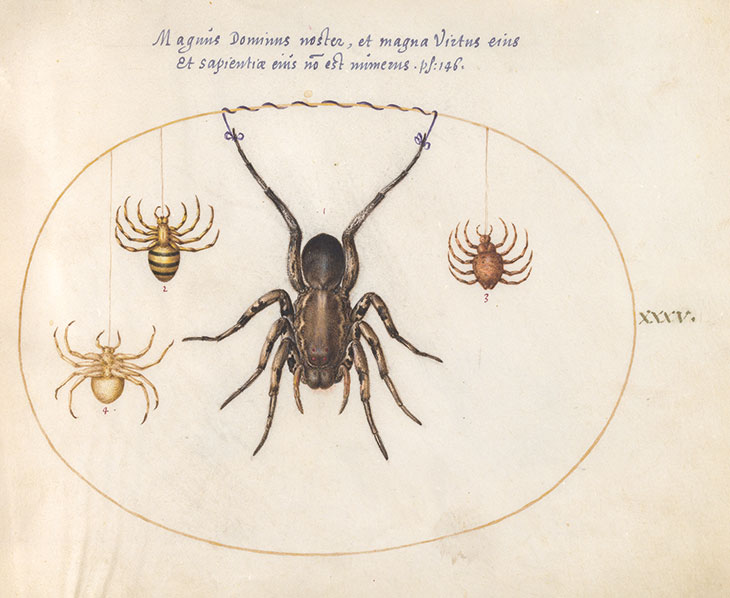
Plate XXXV from Four Elements, Ignis (c. 1575/80), Joris Hoefnagel. National Gallery of Art, Washington, D.C.
The pages of Ignis thus convene tokens from various sources natural and cultural, testifying to human craft and divine creation. The effect is not disparity but congruity: despite differences in scale between an elephant and a butterfly, or of source between the Psalms and Erasmus’s Adagia, what is displayed is always the inventiveness of art. What’s at stake is not beauty, but ingenuity, and the corresponding duty of wonder and attention. Bass’s own explications of the involved meanings in these pages demonstrate that they are an invitation to the reader’s, or viewer’s, own ingenuity and speculation: throwing them on their own resources of cultural knowledge, verbal wit, and ability to forge oblique connections.
Despite their circumscribed audience then and – until this book – now, the Four Elements were not without influence. Joris’s son Jacob deployed his father’s images in his widely circulated Archetypa studiaque patris (1592), a book of printed engravings which populated incoherent and busy pages with copies of Joris’s insects. Some then found themselves copied into still-life paintings. The hermetic images of Hoefnagel’s Four Elements thus entered, surreptitiously, into a more widely reproduced form of early modern art. Despite their privacy, the insects of the Four Elements propagated, as if by spontaneous generation.
Insect Artifice: Nature and Art in the Dutch Revolt by Marisa Anne Bass is published by Princeton University Press.
From the July/August 2019 issue of Apollo. Preview and subscribe here.
Unlimited access from just $16 every 3 months
Subscribe to get unlimited and exclusive access to the top art stories, interviews and exhibition reviews.

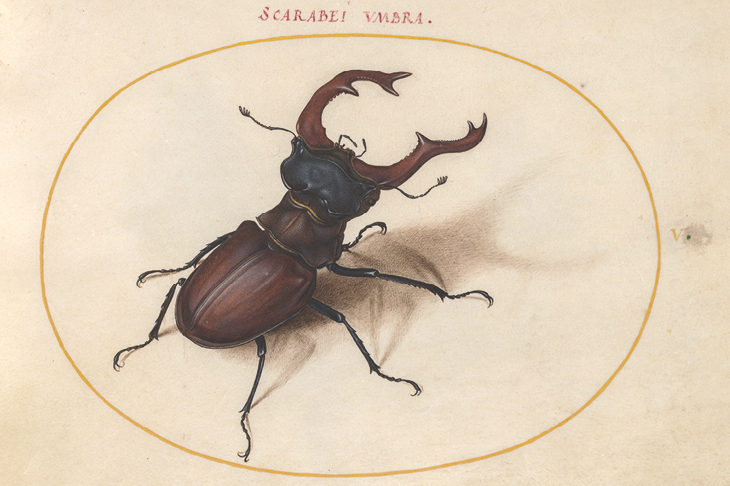
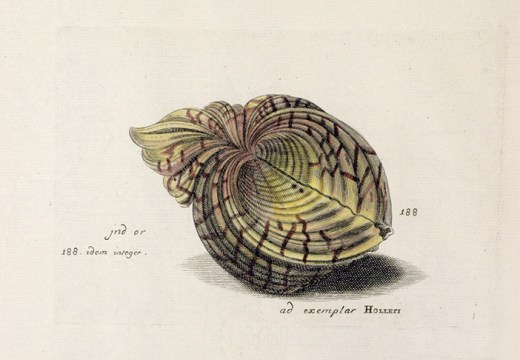
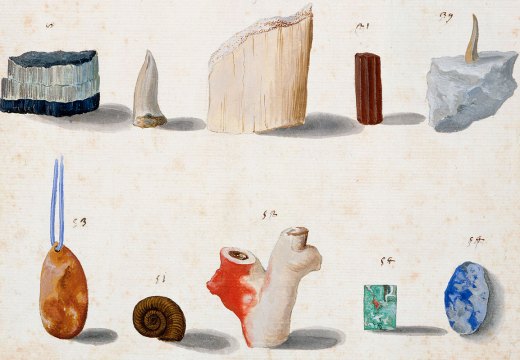
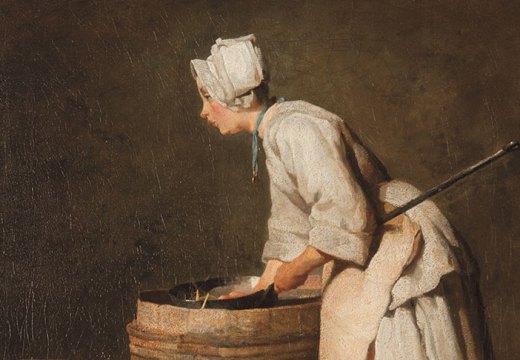









![Masterpiece [Re]discovery 2022. Photo: Ben Fisher Photography, courtesy of Masterpiece London](http://www.apollo-magazine.com/wp-content/uploads/2022/07/MPL2022_4263.jpg)
Why are fathers so absent from art history?